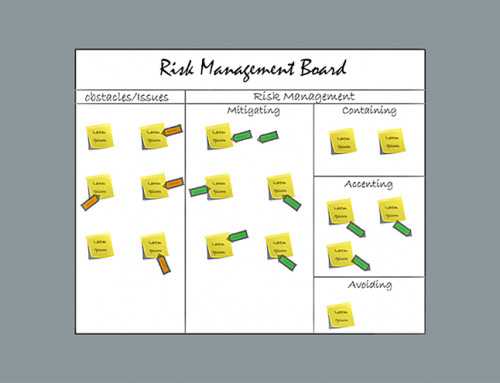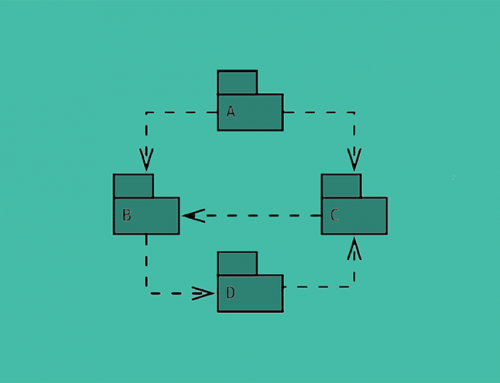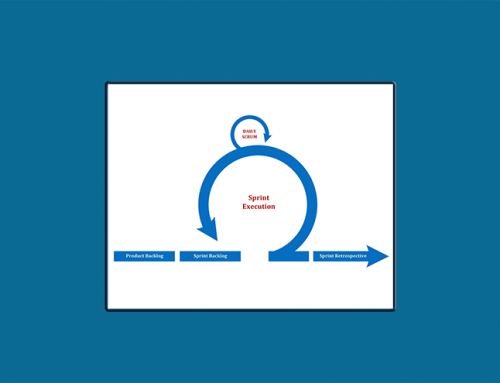In the new world of agile software development, project plans seem to be antiquated. It is rare to see task level project plans with resource assignments, task dependencies, hours etc. Agile Sprints are the way to go for enhanced productivity and shorter development cycle. While Sprints are great in iterative product releases they have limitations too. It will be difficult to predict launch dates and manage compliance, user training, promotion events etc. associated with any major release by using sprint model exclusively. Project plans are needed to fill this gap of comprehensive planning, progress measurement, execution and delivery.
We cover major aspects of this multilevel planning below:
-
Roadmap Development
-
Project Vision Scope
-
Evaluate the Project Management Triangle
-
Work Estimation and Resource Planning
-
Major Event Awareness
-
Socialize the High-Level Plan
-
Map the Project Plan to Sprints
-
Review Project Milestones at Backlog Grooming
-
SCRUM of SCRUMS
-
Update Project Plan
Roadmap Development: PdM’s and TPMs should collaborate in creating business and technical road-maps. Projects are built around the road-map and having a 6 month to 1-year road-map visibility helps in spinning up or spinning down projects aimed at achieving road-map milestones.
Project Vision Scope: These are first few pages written about project vision, opportunity, high level scope etc. It should provide clear visibility into the value proposition, cost and market/customer impact.
Evaluate the Project Management Triangle: Scope, Resources and Time make three sides of Project Management Triangle. Once you have visibility into the overall road-map, project vision scope etc., you will need to evaluate where is the wiggle room in planning. At any point in time, at most two sides of this triangle can be fixed and at least one should be flexible for you to modify as needed.
Work Estimation and Resource Planning: This involves high level work estimation required to complete the project. This may include T-shirt sizing like Small/Medium/Large, resource assignment, available budgets etc. to come up with first cut of proposed milestones.
Major Event Awareness: Its critical to know if your project is part of a bigger initiative whose major launch dates may already be finalized. You may need to align your plans to these dates. Project Management Triangle will come in handy here again!
Socialize the High-Level Plan: Get together with major stakeholders and socialize the high-level milestone plan including Requirements Finalization, Development/Test complete, UAT Testing, Compliance, User Training Launch and Post Production Support etc.
Map the Project Plan to Sprints: This is where the scope is broken down into smaller chunks across multiple sprints/teams. This will give you an idea of how many sprints/teams are required to complete the work.
Review Project Milestones at Backlog Grooming: Review Milestones, Dependencies and Risks at every Sprint grooming to make sure Sprint scopes are aligned with overall project plan.
SCRUM of SCRUMS: Having a SCRUM of SCRUMs and multi group milestone review syncs s may be helpful in coordinating risks and dependencies across multiple teams.
Update Project Plan: You may need to update/tweak the project plan, shift resources, re-prioritize items etc. depending on the outcome of the individual sprints. This will help in measuring progress frequently, raising red flags, getting help from management and re-planning of things if needed.
Agile development and traditional project planning complement each other. Using them in tandem for efficient execution, high predictability, timely course correction and overall on time delivery!





Leave A Comment